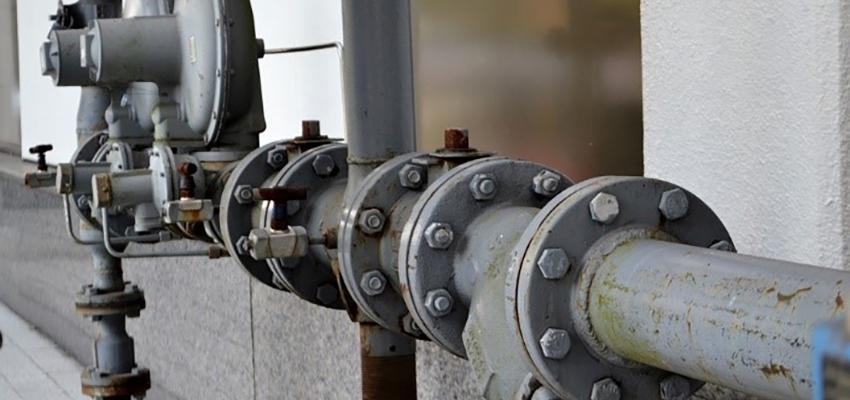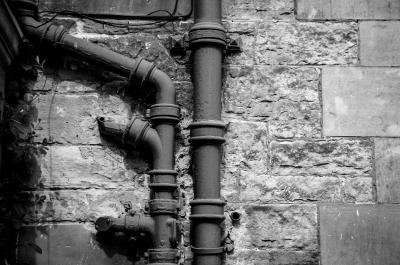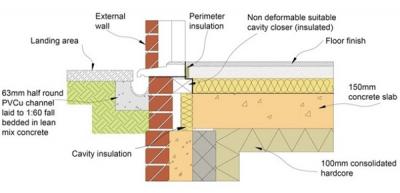Sewers for Adoption guide: Design and construction for developers
Water UK have published a pre-implementation version of "Sewers for Adoption" Edition 8. The document is expected to come into effect by mid-2019 and the Revised Principles Paper can be viewed here.
The Sewers for Adoption Guide is for use by developers when planning, designing and constructing foul and surface water drainage systems (including pumping stations and rising mains) intended for adoption under an agreement made in accordance with Section 104 of the Water Industry Act 1991.
The principal changes in this edition of “Sewers for Adoption‟ are to Part C, which has been extended to give guidance on the design and construction of sustainable drainage systems (SuDS) and the criteria to be met for SuDS components to be considered for adoption under a Section 104 Agreement (see C3).
Any reference to an Act of Parliament or other statutory provision shall include reference to any amendment, consolidation, modification, extension, re-enactment or replacement of that Act or provision.
At various places in this document, guidance is given on some of the legal terms used. This is without prejudice, as the true meaning of these terms can only be established by the courts.
Adoption by a water company is one way a developer can demonstrate to a local authority that the provision has been made for the future maintenance of the drainage system.
Section 104 of the Water Industry Act 1991 only applies to the adoption of assets predominantly used for drainage from buildings or paved areas belonging to buildings. Water companies do not have a statutory duty to adopt or maintain assets where the main purpose of which is to deal with highway drainage (see A9), land drainage runoff, or flows from watercourses or groundwater (see A10).
Where the proposal includes significant technical challenges (e.g. a bespoke in-situ reinforced concrete structure or a novel design), specialist technical vetting may be necessary by the water company. Vetting may also be required by the highway authority if it is to be located in a future adoptable highway. In these cases, the designer is advised to consult with the water company at the earliest opportunity.
The document covers new sewers and lateral drains only, and should not be used as a definitive design manual for all sewerage-related construction such as rehabilitation, etc. In these cases, the appropriate industry reports, recommendations, guides, etc., should be used.
If pumping stations include any pump unit rated over 30 kW, different specifications may apply and detailed discussions should be held with the water company at an early stage.
The successful design requires the designer to liaise with a variety of stakeholders from the earliest stages in the design of the development. Further details are given below.
A full set of design documents should be provided to detail the system proposed for adoption as part of the S104 Application so that the full scope and method of operation can be understood.
Vetting may also be required by the highway authority if it is to be located in a future adoptable highway. In these cases, the designer is advised to consult with the water company at the earliest opportunity.
The document covers new sewers and lateral drains only, and should not be used as a definitive design manual for all sewerage-related construction such as rehabilitation, etc. In these cases, the appropriate industry reports, recommendations, guides, etc., should be used.
If pumping stations include any pump unit rated over 30 kW, different specifications may apply and detailed discussions should be held with the water company at an early stage.
The successful design requires the designer to liaise with a variety of stakeholders from the earliest stages in the design of the development. Further details are given below.
A full set of design documents should be provided to detail the system proposed for adoption as part of the S104 Application so that the full scope and method of operation can be understood.
Further information
Read the Revised Principles Papers.
Sign up to the building bulletin newsletter
Over 48,000 construction professionals have already signed up for the LABC Building Bulletin.
Join them and receive useful tips, practical technical information and industry news by email once every 6 weeks.
Subscribe to the Building Bulletin




Comments
Minor
Submitted 7 years 4 months ago
Add new comment